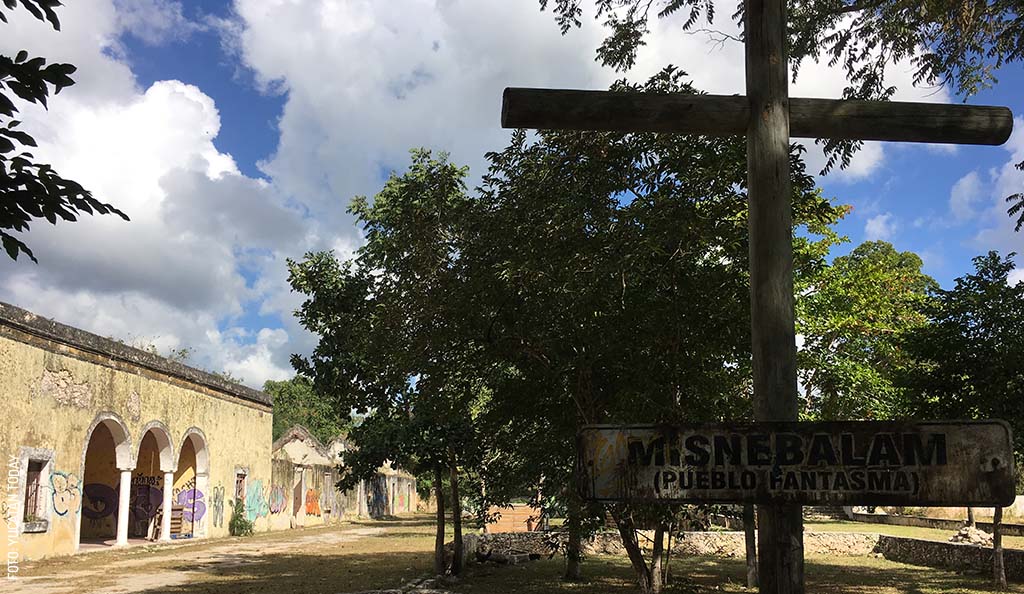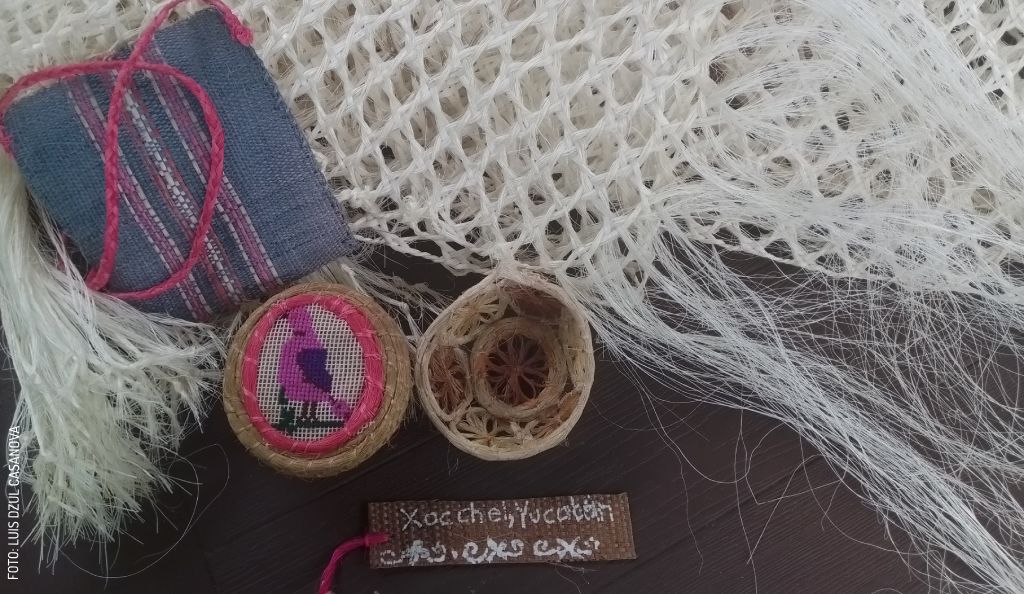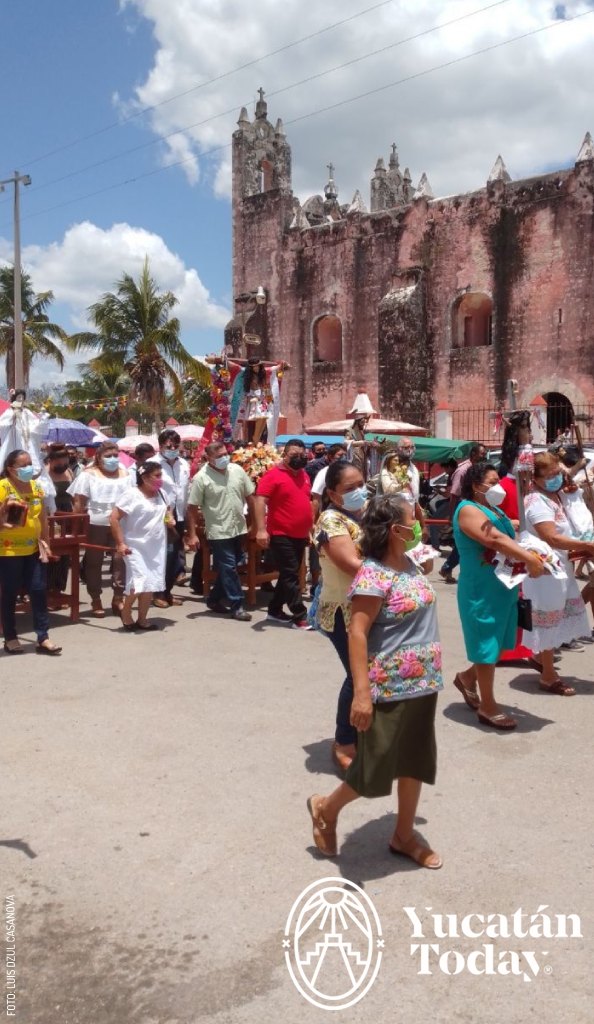Xocchel is a municipality located in the old henequén/sisal fiber region of the state of Yucatán, near the archeological zone of Chichén Itzá and the ring of cenotes, some 30 miles from Mérida and just 12 miles from Izamal.
Xocchel can be translated as “counting magpies”, and comes from the Maya words “Xook” (to count) and Ch’eel (magpie or blue bird.) Back in the day, according to the older generations, and before the area was inhabited, it was a spot in the open country where there were so many magpies, one could count them as they flew out of the trees to check out the visitors.
Nowadays, it’s a place of warm, friendly people who will receive you with open arms and some very delicious traditional food. Some of the dishes that stand out the most in this town are the Relleno Negro (turkey and meatballs in a blackened chili sauce), the main dish at all the traditional festivities in honor of the patron saints, and the special Polcanes made with ground meat by Doña Juanita, known locally as Doña Beta. Xoccheleños (the name of the inhabitants of Xocchel) are also known for being friendly and welcoming, making your stay in this town a wonderful experience, probably so much so that you will want to return.
Handcrafts made from Soskil and vines
 Xocchel is known throughout the state for its Soskil (sisal fiber) and vine (Bejuco) besides their traditional clothing and honey products. To get to know a bit more about the production of sisal fiber articles, I encourage you to visit the artisans’ collective workshops, specifically the workshop and store owned by the renowned Xoccheleña artisan Doña Celsa Iuit Moo, creator of various techniques used for creating Soskil. The articles you’ll find include bags, tortilla holders, jewelry boxes and other interesting pieces. You will also see how they make the dye used to color the fibers with.
Xocchel is known throughout the state for its Soskil (sisal fiber) and vine (Bejuco) besides their traditional clothing and honey products. To get to know a bit more about the production of sisal fiber articles, I encourage you to visit the artisans’ collective workshops, specifically the workshop and store owned by the renowned Xoccheleña artisan Doña Celsa Iuit Moo, creator of various techniques used for creating Soskil. The articles you’ll find include bags, tortilla holders, jewelry boxes and other interesting pieces. You will also see how they make the dye used to color the fibers with.
What you will see in Xocchel
Some of the other characteristic elements of this municipality are its tourist attractions, which include the St. John the Baptist church (San Juan Bautista) with its amazing Baroque-style altar pieces that date to the 19 th century. On the Main Square, you’ll find the municipal building that in this case dates back to 1950, and the Welcoming Arches (Portales de Bienvenida), dating to 1952. The finishing touch to a Xocchel visit is to take a picture at the colorful village letters. The graphics on these letters show history, handcrafts, and the traditions of this town.
From party to party to party in Xocchel
Xoccheleños are known for their religious devotion and their party-loving personalities. These two qualities are the reason the festivities for their patron saints are on consecutive dates, so the party just keeps on going. The main celebration is at the end of April through the beginning of May. This festivity didn’t happen for two years due to Covid-19.The second most popular patron saint festival is dedicated to St. John the Baptist, and is the name of the main church in Xocchel; this festival takes place in the middle of June. In 2023, this celebration will be held from the 16 to the 18, and then from the 23 to the 25. You’ll be able to join the saint’s parade from the altar, the Gremios (pilgrimages), processions, and prayers devoted to him. On the 24, the Patron Saint will be paraded around the village with music, fireworks, and plenty of people who join in to devoutly pray for a certain goal. A very special activity is lighting candles to ask for the Saint’s favor and leave them on an altar at the church’s garden. The candles create a magical atmosphere thanks to the many people who participate.
This is a great time to try Relleno Negro, as it is given out when the Gremios and processions end. For more information and the activities billboard, you can visit the Facebook page H. Ayuntamiento de Xocchel 2021-2024 .
If you would like to know more about the history of Xocchel, please get in touch with me and I’ll gladly give you a personalized tour around town. I’ll tell you about the history of the main buildings and show you the main workshops of the artisans who work the sisal fiber, vines and honey. I do this because I love sharing the treasures of Xocchel. If you’d like, you can leave me a small donation and this will help me to better my service which I offer from the bottom of my heart.
Receive the latest articles and much more from the best of Yucatán in your email!
Related articles
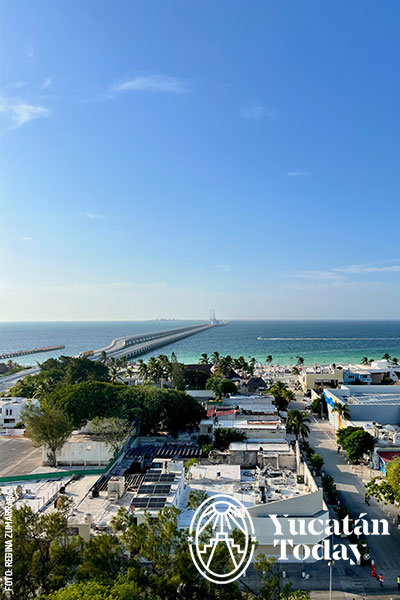
The Progreso Lighthouse: A Key Piece in Yucatán’s History
Discover the history of the iconic Progreso Lighthouse, a key symbol of identity and a vital guide for ships at Yucatán’s main port.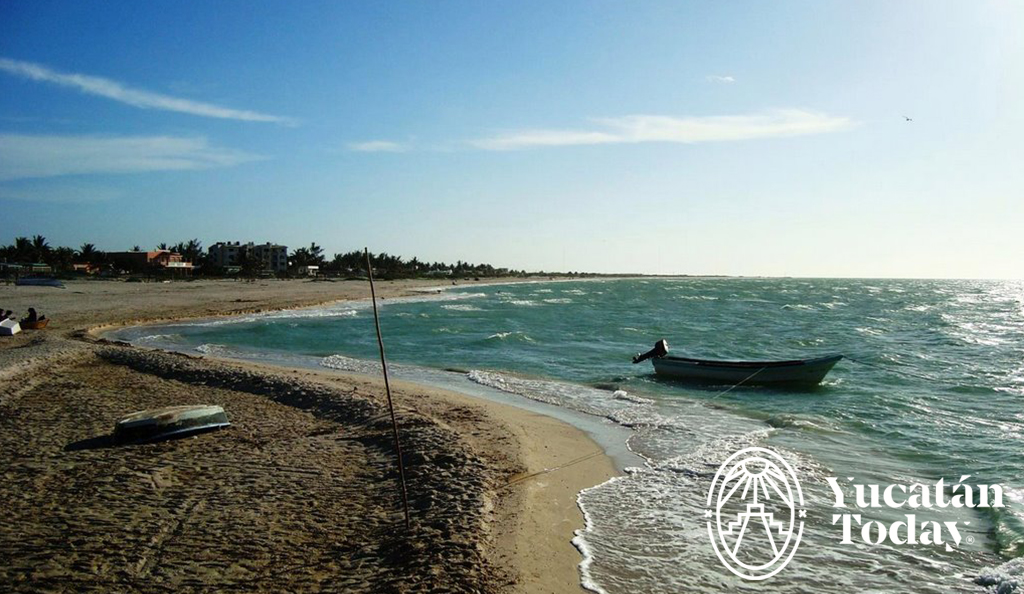
Sisal, Relaxation Within Reach
Discover the tranquil charm of Sisal, a hidden gem near Mérida, perfect for relaxation, nature exploration, and a break from the bustling city life.